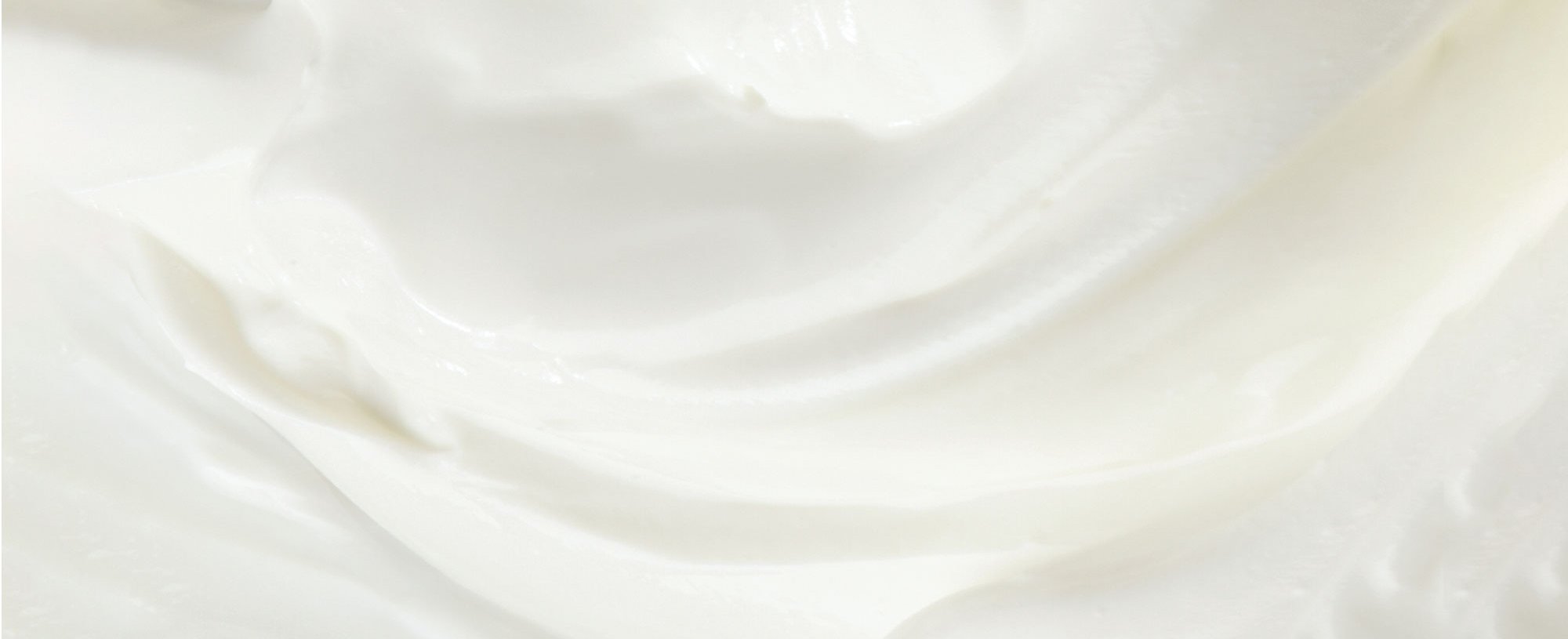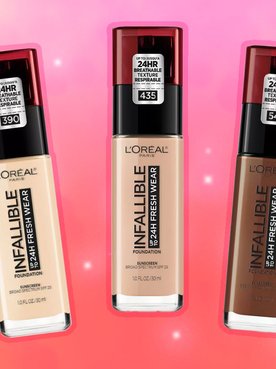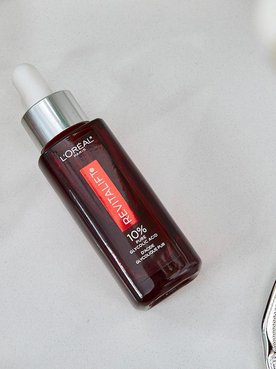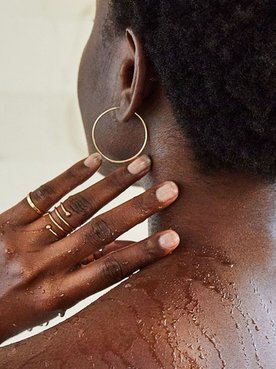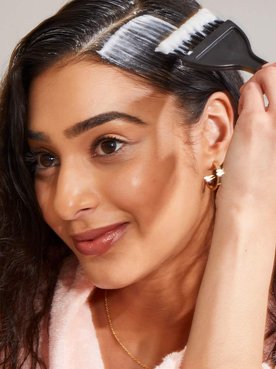From ammonia-free at-home hair color to wash out hair colors, we’ve welcomed a variety of alternatives to getting your hair colored at the salon over the years. One hair color option you may have seen circulating your social media platforms? Henna hair dye! Not sure what henna hair color is, exactly? Below, we’re breaking down everything you need to know about henna for hair—from what hair henna is to who can use henna hair dye.
WHAT IS HENNA?
Before we can dig into all the details, let’s get the basics out of the way. Here’s a quick info session on what henna actually is. According to a study from the National Center of Biotechnology Information (NCBI), henna is a flowering plant native to regions of Africa and Southern Asia and commercially cultivated in Morocco, Sudan, India, Pakistan, Yemen, and other countries. The same study goes on to explain that henna contains a burgundy dye molecule, lawsone, that has the ability to bond with proteins, allowing it to be used to dye skin, hair, fingernails, silk, leather, and wool.
WHAT IS HENNA HAIR DYE?
Now that you know what henna is, you’ve probably already started putting two-and-two together in regards to what henna hair dye is. Henna hair dye is a hair dye that’s derived from the henna plant. It’s an alternative to the traditional at-home hair color kits you’ve likely used if you’ve ever colored your hair yourself! According to the Food and Drug Administration (FDA), hair henna is an approved color additive for use on hair, and it’s used in hair dyes to darken hair gradually with repeated applications.
THE BENEFITS OF HENNA FOR HAIR
So, why use henna hair color? A study from the Journal of Pharmaceutical Sciences and Research states that some hair dyes can cause an allergic reaction, which is why it is always important to do a skin patch test before dying your hair. As an alternative, hair dyes derived from plants (including henna) are generally safe to use. The study goes on to explain that hair color that comes from plants may provide multifunctional benefits such as softening and conditioning and may promote achieving longer strands—what more could you want? The study states that henna also has antifungal properties, so it may be beneficial for those with dandruff.
WHO SHOULD USE HENNA HAIR DYE?
We’ve almost covered all the bases—but who should use henna hair dye? Well, if you’ve tried other hair dyes and have experienced an allergic reaction, hair henna may be an option worth trying. This is because, according to the JPSR study, natural henna is usually hypoallergenic—just keep in mind that allergic reactions have occurred in mixed types, including black henna.
Black henna often contains para-phenylenediamine (PPD) at high levels to give a dark color quickly, according to the National Health Service, which can cause chemical burns and lead to allergic reactions. Yikes!
So, how can you tell what henna is safe? The NHS goes on to recommend avoiding a product if it lists PPD as an ingredient and to distinguish real henna—which is generally safe to use—from black henna by looking for an orange color with a red or brown tint. But if you’re still unsure, seek professional advice.
With all of this said, henna typically won’t entirely cover grey hairs, so if grey coverage is your priority, henna hair dye may not be for you.
HOW LONG DOES HENNA LAST IN HAIR?
If you’re looking for lasting color, you’ll be happy to know that henna for hair is a permanent hair dye option. You can expect a henna hair color to last between four to six weeks, with a gradual fade over time.
WHAT ABOUT HENNA TATTOOS?
Now that we’ve given you the full scoop on henna dyes, we thought we’d touch on henna tattoos. You’ve likely seen these on your Instagram feed or offered on the boardwalk—but what’s the deal? According to a study from the NCBI, henna body art involves applying henna paste, which is formed by drying henna leaves, grinding them to powder and mixing the powder with oil or water, to the skin. The same study goes on to explain that when the paste is applied to the skin, lawsone (the dye molecule we mentioned earlier) migrates from the paste to the outermost layer of the skin, creating a red-brown stain. However, keep in mind that, according to the FDA, henna is approved only for use as a hair dye—not for direct application to the skin!
Next, you may want to dive into the topic of permanent tattoos or a skin care routine for them, at least. Here’s How to Take Care of Tattooed Skin.
